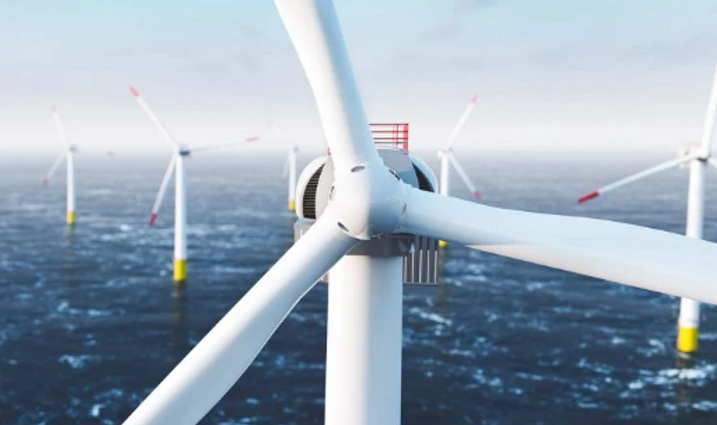
Research on Fluid-Structure Interaction Simulation in Various Diseases Related to Vocal Fold Vibrations.
Our research team has had long-term collaborations with Professor Haohsiang Luo's research group at Vanderbilt University and Dr. Lea Sayce's research group at the University of Pittsburgh. Under multiple project grants, we have developed a suite of modeling tools with varying fidelities for vocal fold vibration based on the immersed boundary method and machine learning, as illustrated in the figure above. These tools have been successfully applied to research on various diseases related to vocal fold vibration in the context of laryngeal disorders.

Application of CFD in Simulating Drug Spray in the Nasal Cavity for Allergic Rhinitis.
Our research team collaborates with Dr. Adam Kimple's research group at the University of North Carolina at Chapel Hill and Professor Rui Ni's research group at Johns Hopkins University to study the transport process of nasal spray in the nasal cavity for allergic rhinitis. Using computational fluid dynamics (CFD) simulations and experiments, our team investigates the effectiveness of drug spraying in real-life cases, aiming to propose solutions to improve drug absorption in the nasal cavity.
Application of Cryoablation Simulation in the Treatment of Renal Tumors.

Our research team has a long-standing collaboration with the medical schools of Vanderbilt University and Johns Hopkins University. Based on extensive clinical data, we are dedicated to establishing high-precision models to study the application of cryoablation in the treatment of renal tumors. The goal is to provide preoperative and intraoperative assistance to clinicians, thereby enhancing the effectiveness of this therapy.
offshore wind energy industry

Researchers from the Ralph O’Connor Sustainable Energy Institute (ROSEI) and Morgan State University are teaming up with theMaryland Energy Administration (MEA) to establish the Maryland presence in a new national center supporting offshore wind energy. The effort aims to expand the local offshore wind industry and provide greater opportunities for Maryland residents and businesses to participate in the growing clean energy economy.
The national center, which is receiving $1 million in funding from MEA as well as further financial support from the Department of Energy’s (DOE) Wind Energy Technologies Office (WETO), will be jointly developed and implemented by JHU and Morgan State. It was established through the Academic Center for Reliability and Resilience of Offshore Wind (ARROW) and will be housed across both universities, working in key areas of education and research.